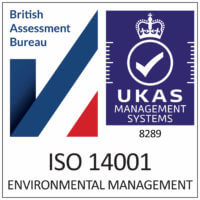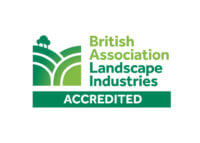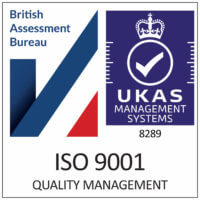A guide to replacing or refreshing enriched topsoil
Nov 11th 2023
Are you looking to keep your garden thriving and your plants healthy? If so, then understanding when and how to replace or refresh enriched topsoil is essential. In this comprehensive guide, we will walk you through the process so you can reap the benefits of nutrient-rich soil and maximize your gardening success. From determining the optimal frequency to practical tips and techniques, this article will provide you with all the information you need to maintain a flourishing garden.
A guide to replacing or refreshing enriched topsoil
Introduction
Welcome to our comprehensive guide on replacing or refreshing enriched topsoil. Whether you’re a seasoned gardener or just starting out, understanding when and how to replace or refresh your topsoil is essential for maintaining a healthy and productive garden. In this guide, we will delve into the details of enriched topsoil, signs that indicate it needs replacement or refreshing, factors to consider before undertaking the task, methods for replacing or refreshing, preparation and implementation, maintenance and aftercare, and finally, timing and frequency for replacement or refreshing.
Understanding enriched topsoil
Before we dive into the topic, let’s take a moment to understand what enriched topsoil actually is. Enriched topsoil refers to soil that has been blended with organic matter, nutrients, and other beneficial additives to enhance its fertility, structure, and ability to support plant growth. This type of topsoil is often used in gardens and landscaping projects to provide plants with an optimal environment for healthy growth.
Signs that topsoil needs replacement or refreshing
There are several signs that indicate when your topsoil may need replacement or refreshing. These signs include: poor drainage, compacted soil, nutrient deficiencies, excessive weeds, disease or pest infestations, and decreased plant productivity. If you notice any of these symptoms in your garden, it may be time to consider replacing or refreshing your enriched topsoil.
Factors to consider before replacing or refreshing
Before undertaking the task of replacing or refreshing your enriched topsoil, there are a few factors you should consider. These factors include: the condition of your existing soil, the type of plants you are growing, the desired outcome of your garden.
Methods for replacing or refreshing enriched topsoil
There are several methods you can employ to replace or refresh your enriched topsoil, depending on your specific needs and preferences. Let’s explore some of these methods:
1. Manual removal of old topsoil
One method is to manually remove the old topsoil from your garden or planting area. This can be done by digging or tilling the soil and physically removing the old topsoil layer. While this method may be labor-intensive, it allows for a clean slate and complete control over the quality of the new topsoil.
2. Incorporating new topsoil
Another method is to incorporate new topsoil into your existing soil. This involves adding a layer of new enriched topsoil and mixing it thoroughly with the existing soil to create a homogenous blend. This method is less labor-intensive than manual removal, but it may require more topsoil to achieve the desired results.
Preparation and implementation
Once you have selected the appropriate method and topsoil, it’s time to prepare and implement the replacement or refreshment process. Follow these steps for a successful outcome:
1. Clearing the area
Remove any vegetation, rocks, debris, or other obstacles from the area where you plan to replace or refresh your topsoil. This will provide a clean surface for the next steps.
2. Removing obstacles
If there are any large obstacles such as tree roots or rocks in the soil, it’s important to remove them before proceeding. These obstacles can hinder proper soil blending and affect the overall quality of the topsoil.
3. Applying the replacement or refreshment method
Follow the chosen method outlined earlier in this guide to replace or refresh your topsoil. Whether it’s manual removal or incorporating new topsoil carefully follow the instructions and guidelines for the best results.
Maintenance and aftercare
After replacing or refreshing your enriched topsoil, proper maintenance and aftercare are essential to ensure long-term success. Consider the following practices:
1. Watering
Proper watering is crucial for newly replaced or refreshed topsoil. Ensure that the soil is adequately moist without being overly saturated. Monitor the soil moisture levels regularly and adjust your watering schedule accordingly.
2. Mulching
Applying a layer of mulch over your topsoil helps retain moisture, regulate soil temperature, suppress weed growth, and prevent erosion.
3. Regular monitoring
Monitor your garden regularly for any signs of nutrient deficiencies, pest infestations, or other issues. Regular monitoring allows you to address problems promptly and maintain the health and productivity of your plants.






